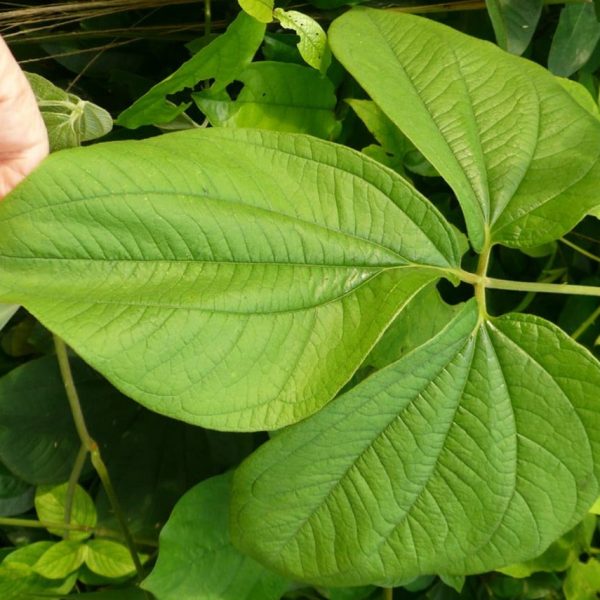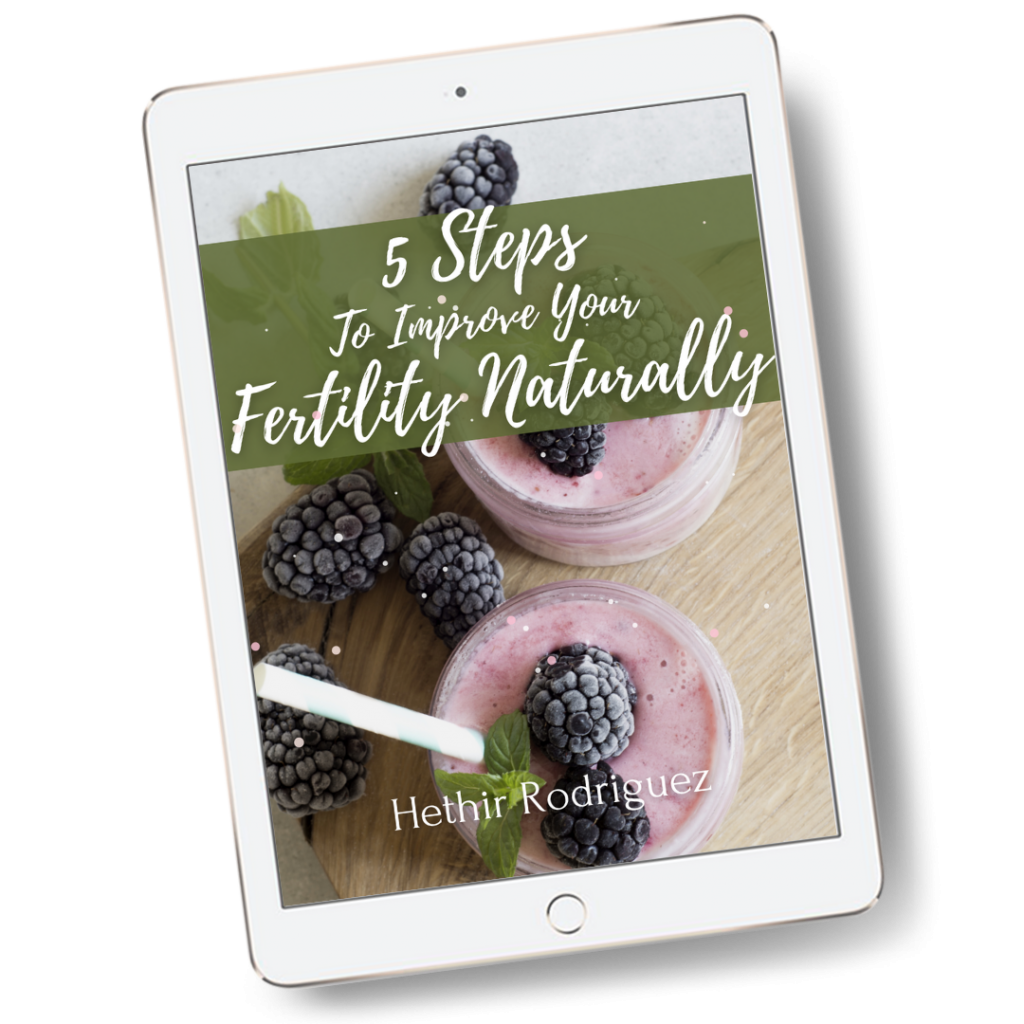Wild Yam root (Dioscorea villosa) has been used for many years to support women with their reproductive system health. Wild Yam aids a variety of women’s fertility issues. Most people think that Wild Yam is for menopausal women only, but it has many beneficial actions for women in their childbearing years.
There is some misleading information out there about this herb. It is a common belief that Wild Yam acts as precursor to human sex hormones. Wild Yam root used in its natural state as a whole herb, which can be used in a variety of forms… capsule, tincture, cream and tea, cannot be biologically converted to hormones in the body. Wild Yam does not contain estrogen or progesterone.
Wild Yam does contain the steroidal saponin aglycone diosin which may be converted to diosgenin in the body by adequate healthy gut flora. It is currently speculated that the flora within our bowels consumes a glycoside molecule from diosin. This releases diosgenin, which is absorbed through the mucous membranes of the intestines into the bloodstream. This may enable diosgenin to act on estrogen receptor sites in the hypothalamus, which in turn may help to regulate production of estrogen, aiding in estrogen balance. Wild Yam requires healthy gut flora to do this though. Consider what your intestinal health is like before relying on Wild Yam for this action. It is also important to note that if you are using Wild Yam cream to balance hormones, this conversion cannot take place absorbed through the skin, it must be taken orally.
This may be confusing because Wild Yam root is used to make Natural Progesterone Cream. So how does that work? Well, Natural Progesterone Cream comes from plant fats and oils called diosgenin which is extracted from either from Mexican Wild Yams or soybeans. In the laboratory diosgenin is chemically synthesized into a molecular structure that is identical to real human progesterone. This is why Wild Yam taken internally or used as a cream will not increase progesterone levels in the body.
The whole herb form of Wild Yam root, which contains diosgenin, cannot be biologically converted to hormones by our bodies. This can only be done in a lab. So don’t be fooled by anyone telling you that you will increase progesterone levels by using pure Wild Yam cream. It has to say USP bio-identical Natural Progesterone Cream to actually increase progesterone levels in the body.
A clinical summary for healthcare professionals at Memorial Sloan Kettering Cancer Center shares, “Derived from the root of a twining vine, wild yam was traditionally used for its antispasmodic and anti-inflammatory properties to treat menopausal symptoms, gastrointestinal ailments, muscle spasm, asthma, joint pain, and rheumatoid arthritis (1) (2).”
The clinical summary also shares that animal models suggest Wild Yam may:
- block cell growth by stopping cell division thereby inhibiting tumor cell growth
- have anti-inflammatory affects
- block or inhibit the sensation of pain
- help restore sperm motility that is moderately decreased
- lower weight gain and body fat
- support a healthy body response to glucose
Wild Yam Reduces Reproductive Muscle Cramping and Pain
Wild Yam Soothes Painful Cramping/Spasm: Wild Yam has a wonderful action on smooth muscle tissue, reducing muscle spasm of the uterus, fallopian tubes and ovaries, aiding in painful menstruation (dysmenorrhea) and chronic pelvic pain. Wild Yam helps the uterus to work more efficiently during menses. This uterine support allows for proper function of the uterus while working to prevent uterine cramping or spasm. This herb has a wonderful action on the ovaries, toning them and aiding in ovarian cyst pain. Wild Yam is often used to treat urinary tract infection pain as well.
Pain Reduction from Pelvic Surgery: Wild Yam has been found to be effective at reducing pain, especially nerve pain from any kind of pelvic surgery. This includes surgery for endometriosis, ovarian cysts, uterine fibroid removal, and cesarean section.
Threatened Miscarriage: Traditionally used to treat irritable uterus and threatened miscarriage with uterine contractions present. Often combined with Cramp bark or Black Haw.
Dysfunctional and Painful Labor: Skilled midwives use this herb to regulate uterine contractions, or to aid women with pain reduction in labor. Pain is reduced by promoting proper function of the uterine muscles, soothing smooth muscles, reducing incidence of cramping up.
Afterbirth Pain: This antispasmodic action also reduces afterbirth pains postnatally, relaxing and reducing uterine cramping. Wild Yam is often combined with Motherwort for this type of pain.
Wild Yam Brings Relief for Nausea and Vomiting in Pregnancy
Wild Yam has also been used traditionally for hundreds of years, even by Native Americans, for nausea and vomiting in pregnancy (NVP) and hyperemesis gravidarum. Hyperemesis gravidarum is extreme nausea and vomiting in pregnancy.
Note: Do not use Wild Yam in pregnancy unless guided by a skilled herbalist or midwife. There are no established guidelines for using Wild Yam while breastfeeding.
Traditional Chinese herbalists use Wild Yam to bring heat to a cold, stagnant uterus. They also use it to bring in more Chi (life force) to the body and entire female reproductive system.
Traditional Suggested Usage
Wild Yam works best taken over time. Because of theoretical risk of estrogen modulation, this herb is not advised if you have a history of estrogen responsive cancers.
Dried Herb: 2-4 grams daily in capsules, or divided into 1 cup infusion daily.
Tincture: 2-4 dropperfuls fresh root tincture, divided in 3 doses a day.
Wild Yam is rarely used alone, it is best combined with other supportive herbs, depending on the fertility issue being treated. Wild Yam is part of Reproductive Support Tea blend sold in our Natural Fertility Shop.
Too learn more about related subjects covered in this article, please visit the following links:
Fertility Health Tip: Probiotics and Prebiotics
- Romm, A. J. (2018). Botanical medicine for womens health. St. Louis, MO: Elsevier.
- Weed, S. S. (2011). Down there: Sexual and reproductive health. Ash Tree Publishing.
- Hudson, T. (2008). Womens encyclopedia of natural medicine: Alternative therapies and integrative medicine for total health and wellness. New York: McGraw-Hill.
- Wild Yam. (February 22, 2019). Memorial Sloan Kettering Cancer Center. Retrieved from https://www.mskcc.org/cancer-care/integrative-medicine/herbs/wild-yam#msk_professional
- Lee, J., & Hopkins, V. (n.d.). Progesterone Cream: Frequently Asked Questions (FAQ’s) by Dr. Lee. Retrieved from: https://www.johnleemd.com/progesterone-cream.html
- Rodriguez, H. (n.d.) Progesterone Fertility Guide. Retrieved from: http://natural-fertility-info.com/progesterone-fertility-guide/





